No rockets launched this past week, but that doesn’t mean there’s no news! Susie recaps Astra’s launch attempt for the DARPA Launch Challenge and MEV-1’s successful capture of IS-901.
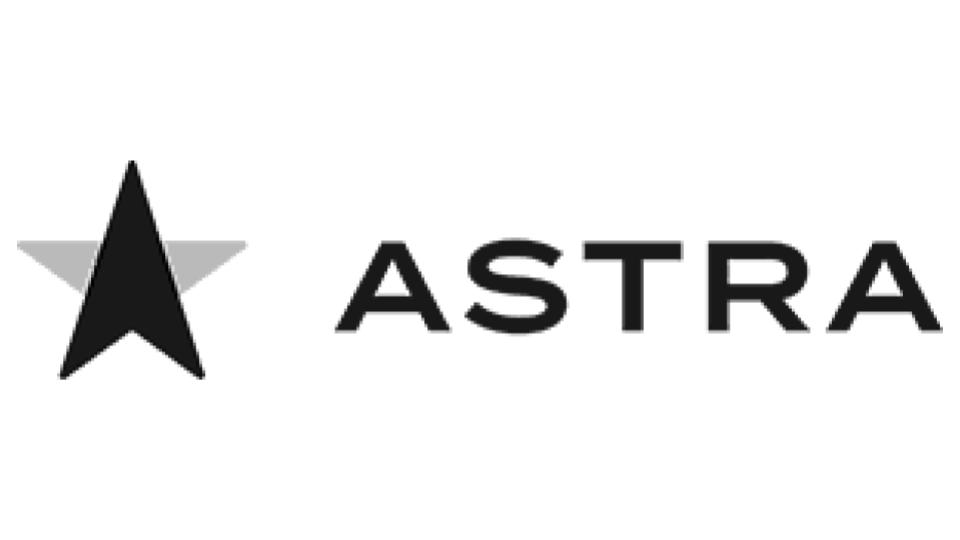
On the second of March, Astra attempted to launch “One of Three” for the DARPA Launch Challenge. This would have been the first orbital launch for Astra, but the count was stopped at T-minus fifty-three seconds due to unexpected signals being received from the rocket’s guidance, navigation and control system. The launch was then held for the remainder of the three-hour window while technicians accessed the pad to ensure the rocket could maintain its launch-ready status and even replaced a “suspect ground transmitter” which would have been responsible for activating the flight termination system had the rocket gone off course or malfunctioned in flight. However, they were unable to resolve the issue with the sensor before the launch window closed.
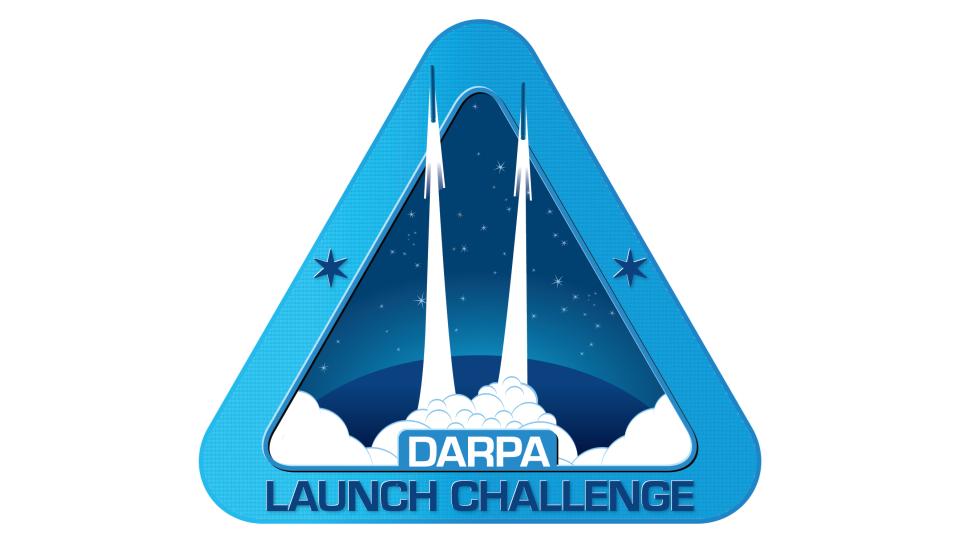
- DARPA Launch Challenge: https://www.darpalaunchchallenge.org/
- Live launch coverage: https://spaceflightnow.com/2020/02/29/astra-darpa-launch-challenge-one-mission-status-center/
- Initial article: https://spaceflightnow.com/2020/02/24/fresh-out-of-stealth-mode-astra-gearing-up-for-orbital-launch-from-alaska/
- Frequently Asked Questions (Alaska Aerospace) https://akaerospace.com/about/frequently-asked-questions
Now normally, we don’t talk about rocket launches until after they happen. This launch is an exception because of its association with the DARPA Launch Challenge.
The DARPA Launch Challenge came into existence because the ability to launch at a moment’s notice has long been on the US military’s wish list. Specifically, the challenge was for a commercial rocket company to launch two rockets with different payloads from different locations into different orbits with very little notice.
Here’s a statement from DARPA’s website that explains the challenge in more detail: “Today, space launch is a process that begins years in advance, and it relies on a limited number of launch ranges that have complex, expensive, and one-of-a-kind, fixed infrastructure. The DARPA Launch Challenge is stressing the time, technology, systems, and processes that currently constrain access to space. The Challenge aims to minimize launch infrastructure, improve responsiveness, and take advantage of advances in commercial launch cadence to demonstrate flexible launch capabilities in days rather than years, for our nation’s defense.”
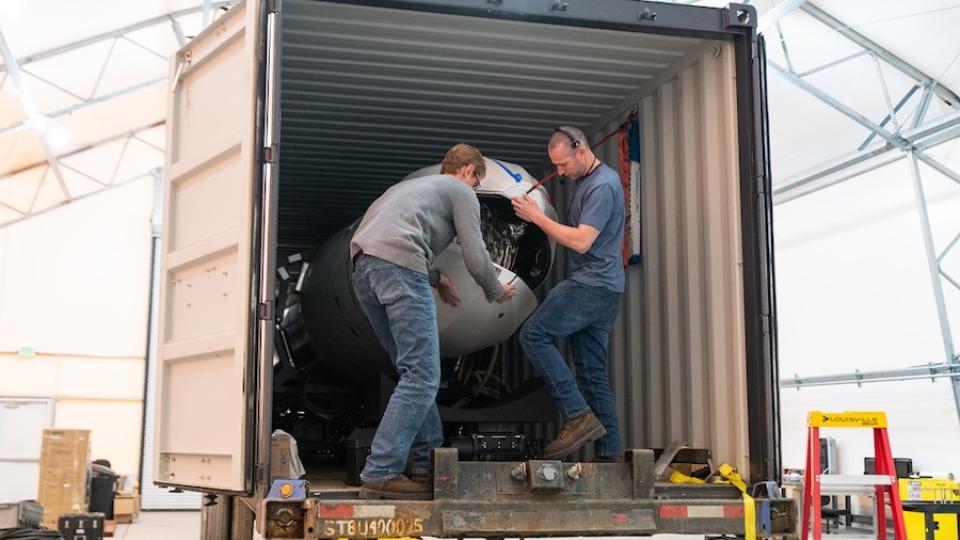
For the challenge, Astra was kept in the dark as to its first payload until late January. This was to ensure the company could make no major changes to its launcher to customize it for the payloads. Remember, the goal was to have a successful flight would demonstrate a capability to launch any payload — not a specific payload. Additionally, Astra didn’t find out about the intended launch site until two weeks prior to the initial launch in order to demonstrate the company’s flexibility of deployment.
The selected launch site was the Pacific Spaceport Complex located at Narrow Cape on Kodiak Island, Alaska. Let’s face it: if you can launch from there, you can probably launch from anywhere. It’s remote, the temperatures in February and March hover around freezing, and there’s minimal launch infrastructure. The spaceport literally does not have the capabilities to launch anything bigger than a “small-lift” rocket. Rockets arrive either on barge or by plane, which is route that Astra decided to go with.
Astra’s entire launch system fits into a single large shipping container which can be flown by aircraft wherever it needs to go. That container first arrived in Alaska on 18 February, a day into the scheduled 14-day launch window. Because of a vicious winter storm that lasted more than a week, Astra requested and received an extension to the Challenge launch window.
Had this launch been successful, DARPA would have awarded the company $2 million. Astra would then have had two weeks to prepare to launch another set of payloads from a different site. If both launches were successful, the company would have earned an additional $10 million.
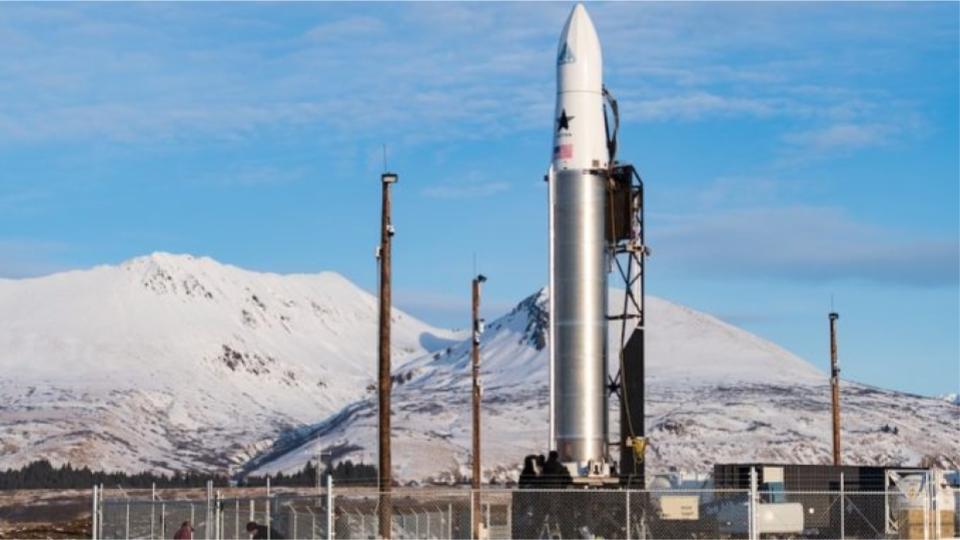
So, what now? No one won the challenge. The payloads were taken off the rocket and returned to their owners. While Astra claims they will continue to work towards demonstrating this capability, there is no word on when — or if — the scheduled payloads will be launched.
——————————————-
Prometheus nanosat – Los Alamos National Laboratory for the Department of Defense: The shoebox-sized Prometheus nanosatellite is one of a series which have launched on other missions in the past. Los Alamos said prior to the exercise that this would have helped demonstrate capabilities aimed at “reducing tasking and data dissemination timelines to provide military operators with tactically relevant information.”
ARCE-1 – University of South Florida – Two identical CubeSats would have communicated with one another continuously in an effort to demonstrate the capability of LEO satellites in a larger constellation to adapt & adjust their missions in a largely autonomous fashion. The idea was to demonstrate technologies which would, according to DARPA, “gracefully handle faulty and failed satellites, and operate with a minimum of oversight from Earth-based operators.”
2nd Stage beacon – A miniature radio beacon is attached to the 2nd stage of the rocket, to assist in ground station tracking, and to improve current tracking and prediction of orbital objects. Essentially, this would provide something similar to the transponder beacon aboard airliners, which augments and assists ground radar tracking of aircraft. Among other things, this would allow ground-based technicians to correlate radar returns with beacon signals to refine orbital tracking data. This might be especially useful for objects which are tumbling, inconsistently colored, or have a lopsided center of mass.
The 2nd stage was expected to be left in orbit, to eventually decay and re-enter Earth’s atmosphere along a similar timeline to the satellite payloads themselves, essential making the rocket body itself the largest of four mission payloads.
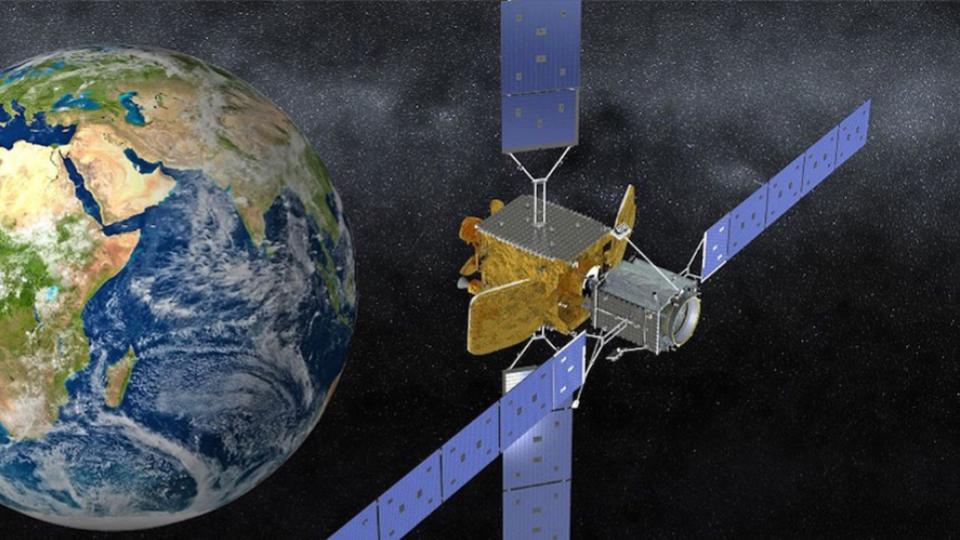
CREDIT: Northrop Grumman
For the first time ever, two satellites in a geosynchronous graveyard orbit have docked with one another. On Tuesday February 25th at 0215 EST / 0715 GMT, the MEV-1, or Mission Extension Vehicle, successfully autonomously docked with an aging commercial communications satellite, Intelsat 901 high above the Pacific Ocean.
IS-901, like many older geostationary (GEO) satellites, is still capable of performing its intended mission but is low on the fuel needed for attitude adjustment and station keeping. After its launch back in June of 2001, it served well beyond its planned 13 year lifespan, and was raised from its operational orbit to a GEO graveyard orbit late last year. The GEO graveyard orbit is the nearest convenient place to decommission GEO satellites to keep them out of the way of currently operational satellites. Thanks to the gravitational pull of the Moon and the Sun, the orbit of these satellites becomes inclined and increasingly distant over time, further decreasing the chance of them interfering with spacecraft lower down.
Knowing that fuel was running low, Intelsat signed on with SpaceLogistics LLC (a wholly owned subsidiary of Northrop Grumman) to have IS-901 become the first craft to test a design where an otherwise operational spacecraft could have its mission extended by docking with MEV-1, which would provide the needed fuel and thruster control to keep IS-901 properly orientated in space.
- Docking gives Intelsat telecoms satellite new lease of life
- Northrop Grumman’s MEV-1 servicer docks with Intelsat satellite
- Two commercial satellites link up in space for first time
- Photos: Servicing spacecraft approaches Intelsat satellite high above Earth
The mission profile of the MEV-1 is simple in theory: launch to space with plenty of fuel and a robust attitude control and navigational system. Then, meet up with a target satellite in orbit, latch on, and for the next five years provide the target satellite with stantion-keeping services it simply cannot provide for itself. But if rocket science has taught us anything, it’s that execution is sometimes much more difficult than theory.
The MEV-1 launched from Baikonur Cosmodrome in Kazakhstan last October and spent several months using its low-impulse ion engines to reach the proper orbit. It finally arrived in the neighborhood of IS-901 back on the 5th of February, and after taking several pictures of the target, ground controllers gave the green light. MEV-1 then used its higher-powered, more responsive liquid fueled jets to approach IS-901 from the spaceward or apogee side of the craft, first parking at an 80 meter distance, then again at 20 meters away. At each pause, ground controllers reviewed the data sent back and gave the GO for the craft’s next phase; each time the craft received the GO it executed its next phase autonomously without help from the ground.
Finally approaching to within 5 meters, the MEV-1 extended a long probe into the throat of the apogee engine nozzle of the IS-901 spacecraft. Once inside several mechanical fingers deployed, grabbing IS-901 and pulling the two craft physically into contact.

CREDIT: Northrop-Grumman
The MEV-1 is now in the process of returning IS-901 back down into the Clarke belt, where it will operate over the Atlantic Ocean at a longitude of 27 degrees West. It should complete this maneuver by the end of this month, performing various operational checks as it goes. Intelsat is reportedly paying $13 million per year for this operation, as compared to initial construction and launch costs of reportedly over $700 million for a planned life of 13 years. Once the five years are up, MEV-1 will return IS-901 to graveyard orbit, then move on to another customer to provide the same service. The craft is reportedly able to perform this same five year mission for up to three separate satellites.
The operation went so smoothly that Intelsat has announced that MEV-2 will perform its docking maneuver while the target satellite is still in GEO, rather than moving that satellite into a graveyard orbit. MEV-2 is expected to launch in June of this year from French Guiana along with Intelsat’s new Galaxy 30 spacecraft aboard an Ariane V.
However, despite the apparent success, Northrop-Grumman has no plans to build additional MEV’s. Instead, they are focusing on developing Mission Robotic Vehicles. Rather than acting like a tugboat for out-of-fuel satellites, these Mission Robotic Vehicles (also known as MRVs) will act more like an in-flight adjustment and refuel service. Using a device called Mission Extension Pod, the MRVs will be able to autonomously refuel a satellite before undocking and moving on to the next customer.
That said, Northrop-Grumman has said there is nothing preventing them from constructing other MEV’s if market demand exists.

Last but not least, SpaceX’s Starship SN1 imploded during testing on February 28.
Related: https://youtu.be/U4C0wfRSUNQ
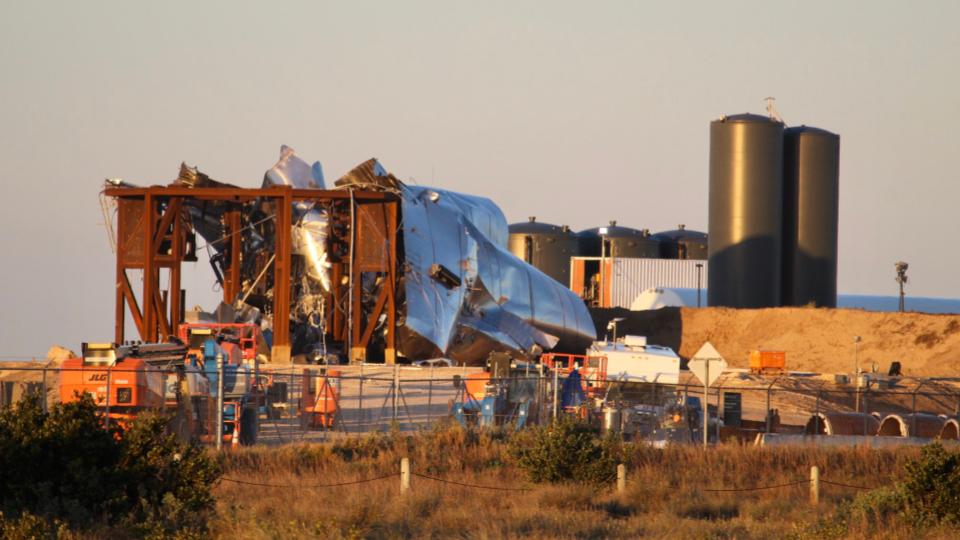
https://twitter.com/SpacePadreIsle/status/1233768171724775425
To wrap things up, here’s a running tally of a few spaceflight statistics for the year:
- Toilets burned up: 1
- Total new satellites in orbit: 245
- Total satellites from launches: 231
I keep track of orbital launches by where they launched from. Here’s that breakdown:
- Total launches: 16
- USA: 5
- China: 3
- French Guiana: 2
- New Zealand: 1
- Russia: 1
- Japan: 1
- Kazakhstan: 1
- Iran: 1
Your useless space fact for the week comes from Dave himself: Statistically, at the fastest speeds humans have ever traveled, the radiation OF THEIR OWN BODIES would give them cancer before they reach the closest star.
To wrap things up, here’s a running tally of a few spaceflight statistics for the year.
So far, only one toilet has burned up in the atmosphere. There are 245 new satellites in orbit, with 231 of those launched by 16 rockets.
By spaceport, here’s the breakdown of those rocket launches:
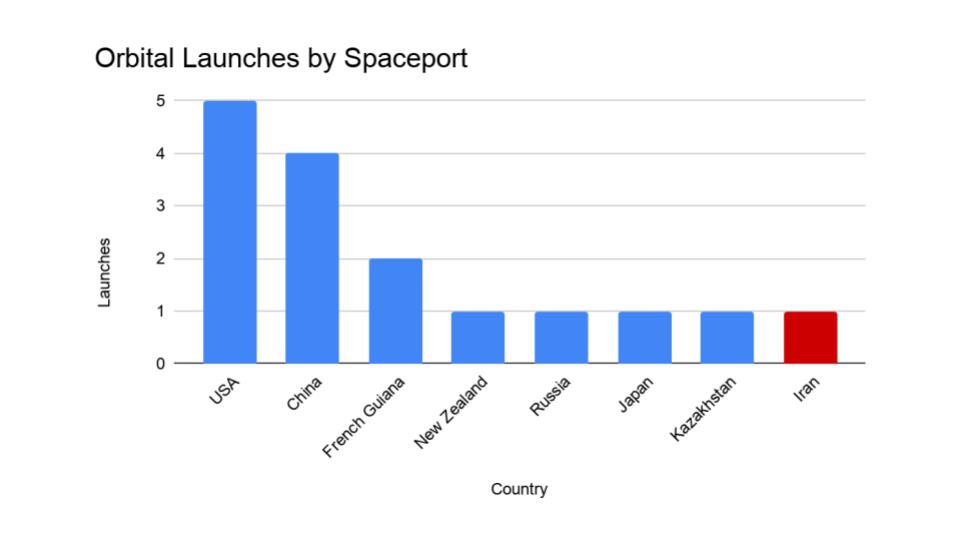
And that rounds out our show for today.Thank you all for listening. Today’s script was written by Annie Wilson and Dave Ballard. The Daily Space is produced by Susie Murph. This has been a product of the Planetary Science Institute, a 501(c)3 non profit dedicated to exploring our Solar System and beyond. We are here thanks to the generous contributions of people like you. Want to become a supporter of the show? Check us out at patreon.com/cosmoquestx


 We record most shows live, on Twitch. Follow us today to get alerts when we go live.
We record most shows live, on Twitch. Follow us today to get alerts when we go live.